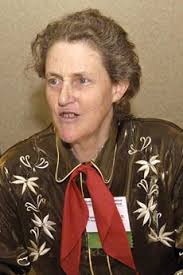 Temple Grandin, Ph.D. delivered another disappointment to organizers of the misnamed"Summit of the Horse" in Las Vegas yesterday. Dr. Grandin was touted as a "featured speaker" who was said to be designing a horse slaughter facility in Wyoming that would be owned and operated by Wy state Rep. Sue Wallis.
Temple Grandin, Ph.D. delivered another disappointment to organizers of the misnamed"Summit of the Horse" in Las Vegas yesterday. Dr. Grandin was touted as a "featured speaker" who was said to be designing a horse slaughter facility in Wyoming that would be owned and operated by Wy state Rep. Sue Wallis.
Prior to the "summit", Dr. Grandin told Animal Law Coalition "I have told Sue Wallis that I want no involvement in her business dealings. ...[W]e have done no design work." Dr. Grandin was also quoted by Horseback Magazine as saying Wallis had "misrepresent[ed]" her involvement.
At the "summit" Dr. Grandin told attendees that many people had contacted her and urged her not to attend.
Dr. Grandin was a sobering reminder that this should be about what is best for the horses.
She described herself as "neutral" on the issue of whether to ban horse slaughter for human consumption. And, Dr. Grandin's reluctance to endorse a ban on horse slaughter for human consumption stems from two concerns: 1. She said several times that a "horse's worst nightmare" was to end up at a Mexican slaughterhouse, particularly a municipal abbatoir, where they are repeatedly jabbed with puntilla knives and slaughtered while conscious. 2. Dr. Grandin was skeptical that legislation to close the border and stop export of horses for slaughter for human consumption would be enforceable. She noted that it would be very easy to smuggle horses in closed vehicles or state other reasons for their export, particularly to Mexico.
But Dr. Grandin also told "summit" attendees that only about 20% of animal slaughter facilities operate within acceptable humane guidelines and the rest "slip into bad practices" with a full 10% intentionally treating animals cruelly.
Dr. Grandin said that in auditing slaughter facilities, 95% of the animals, whether they are horses, pigs, cows, etc., must be stunned effectively on the first blow or shot or the facility should be considered to have failed. She also strongly advocated video monitoring, non-slip flooring and high solid sides to prevent the animals from seeing anything. She agreed there are behavioral signs that can indicate when an animal is afraid and steps should be taken to alleviate the fear.
Dr. Grandin made the point that "you manage what you measure" and told attendees slaughter facilities should be audited using criteria such as whether animals are stunned on the first attempt, whether they vocalize which is a sign of fear, whether they slip or fall, how they are handled by employees, etc.
It was not what "summit" attendees wanted to hear. One man, claiming he was speaking on behalf of most people present, said Dr. Grandin's standards to prevent cruelty would be "costly".
But there was no compromise from Dr. Grandin. She pointed out humane euthanasia as an option. She also said people had sent her a number of ways to reduce numbers of excess horses or help horses in need. She then read them to the attendees: birth control including low cost gelding though only one facility currently offers that service, raising awareness about overbreeding, find jobs for older horses, establish a "horsefinder" that like petfinder.com would help owners network to find homes for horses they cannot care for any longer, establish hay banks and allow hay to be harvested on land that the government pays farmers to leave unplanted, allow in place rescue, create horse parks, or impose surcharges on stall fees at tracks and horsebreeding to cover the cost of humane euthanasia.
In effect, the solutions relayed by Dr. Grandin are (1) stop the overbreeding, (2) find ways to care for horses in need.
And the best way to do that? Ban the slaughter of American horses for human consumption. The availability of slaughter creates a salvage or secondary market that encourages the overbreeding. As Dr. Grandin warned, however, any legislation to ban slaughter must be enforceable.
Was "summit" organizer, Wy state Rep. Sue Wallis listening to the high standards for humane treatment that Dr. Grandin would impose on her proposed slaughter facility should it ever be legally and otherwise operational? Unlikely, as Wallis appears to have been busy angrily shoving reporter and horse advocate Simone Netherlands out of the "summit" conference room. The police were called and Netherlands was treated for injuries at a local hospital. Dr. Grandin is lucky to have escaped unscathed given Wallis' treatment of people who

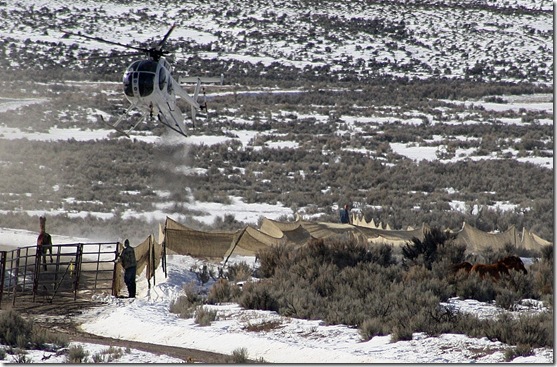



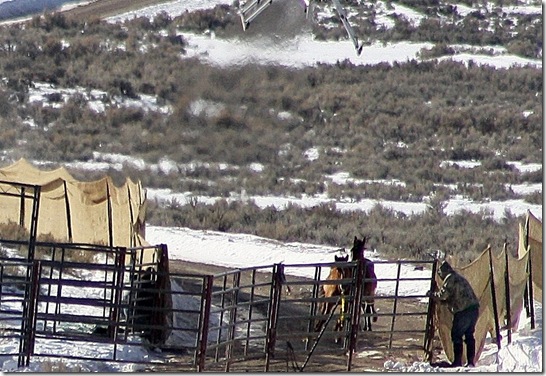


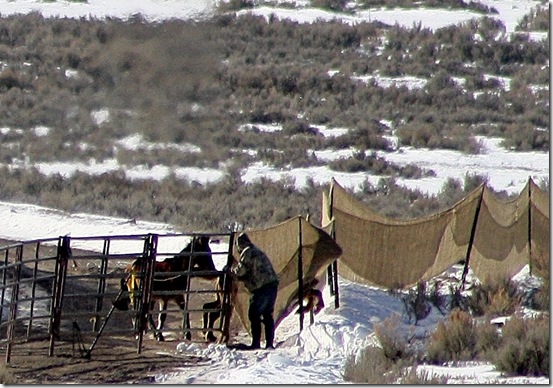
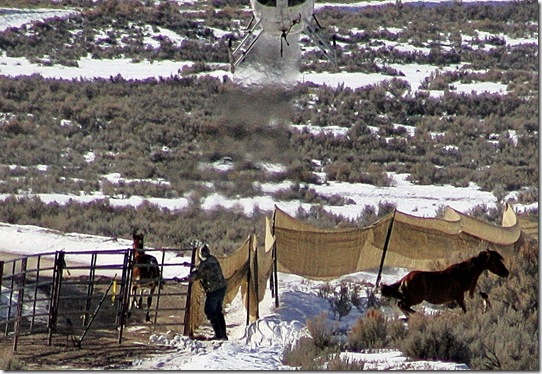
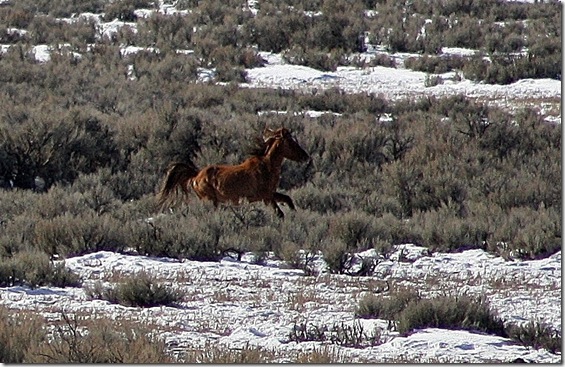


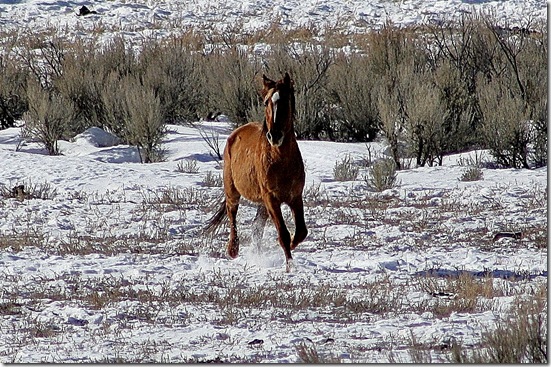

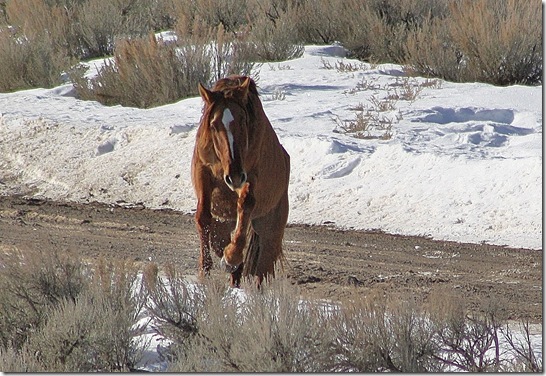

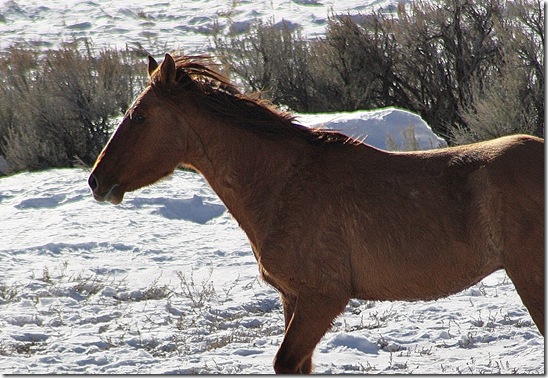
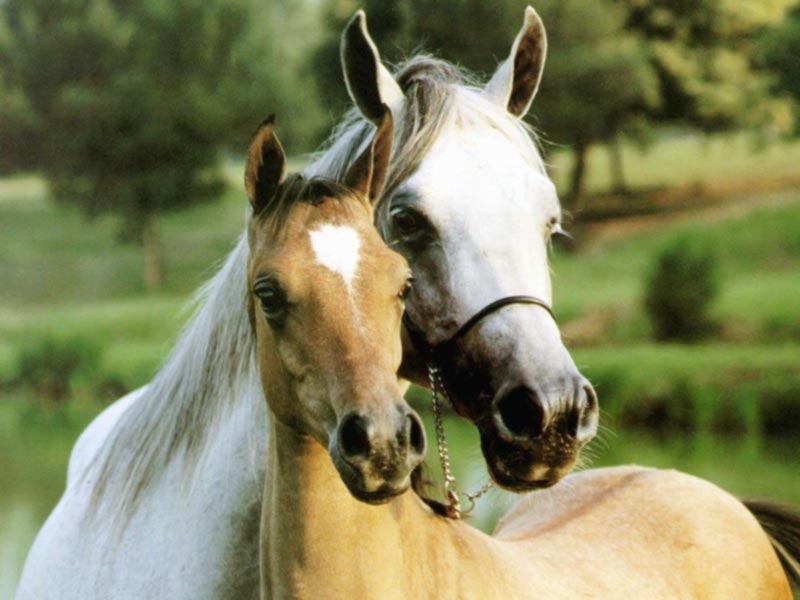 Massachusetts state Sen. Stephen Brewer plans to introduce and sponsor the attached bill, Senate Docket 228, to ban horse slaughter for human consumption in Massachusetts.
Massachusetts state Sen. Stephen Brewer plans to introduce and sponsor the attached bill, Senate Docket 228, to ban horse slaughter for human consumption in Massachusetts.

 The Canadian Food Inspection Agency (CFIA) is supposed to enforce
The Canadian Food Inspection Agency (CFIA) is supposed to enforce 